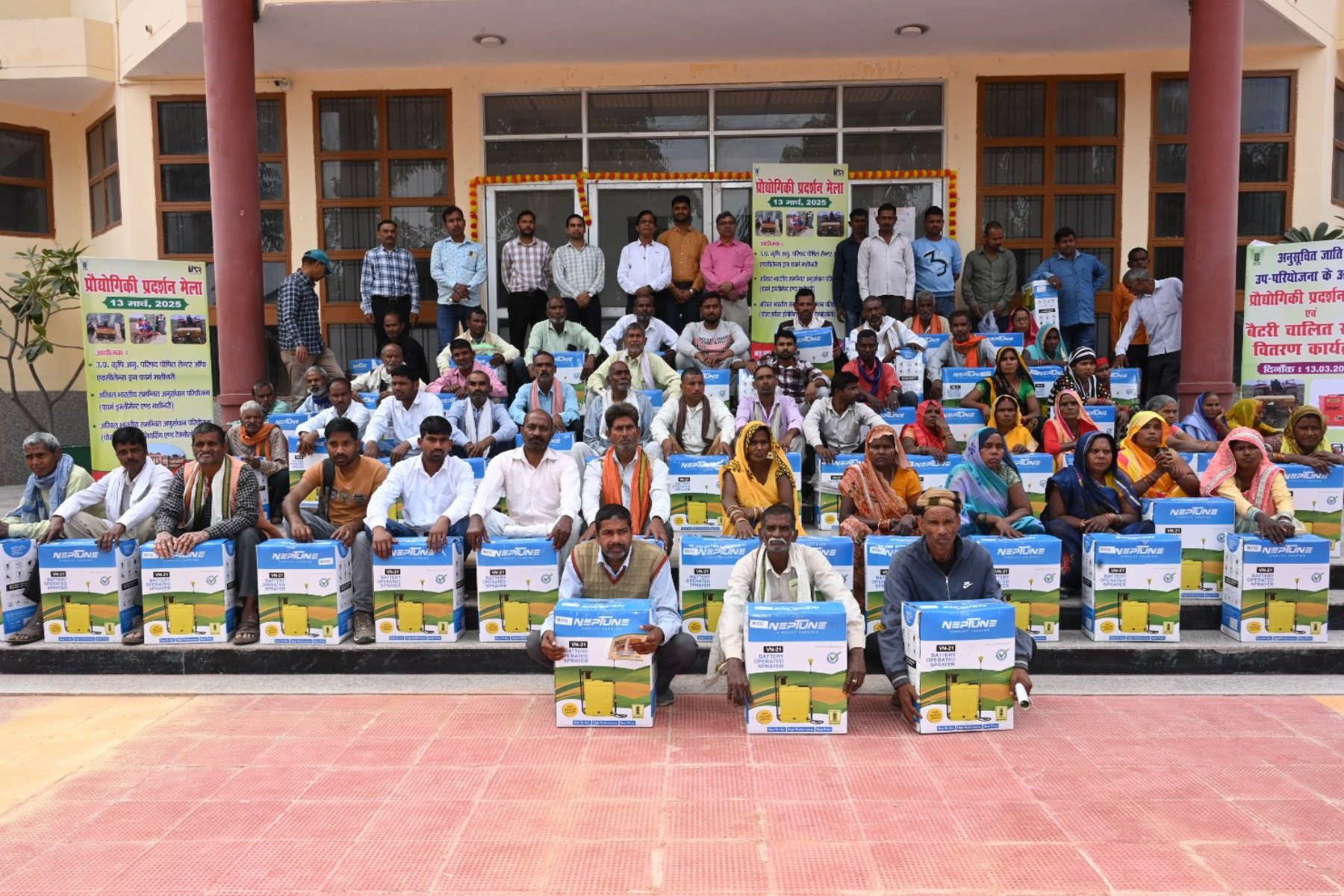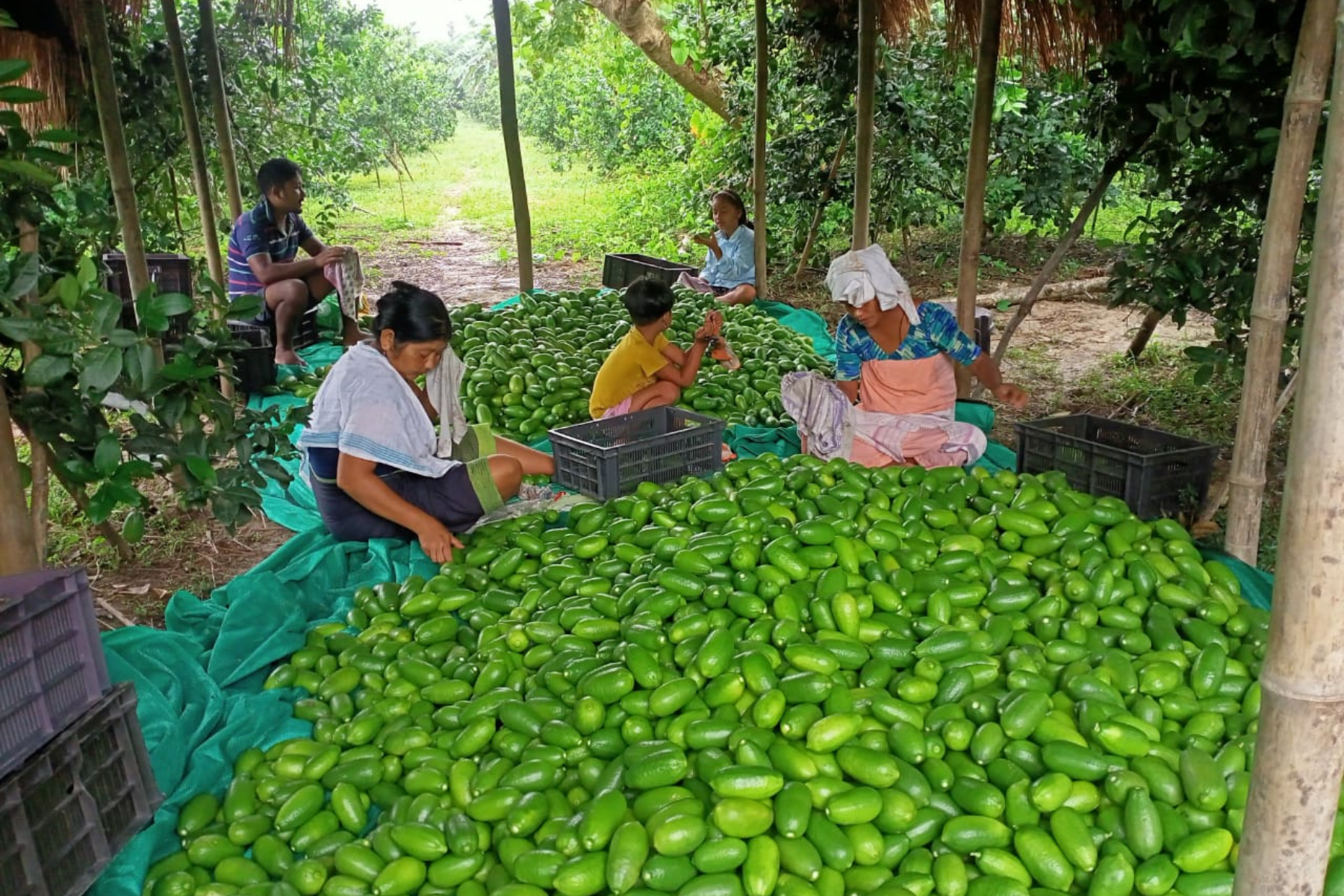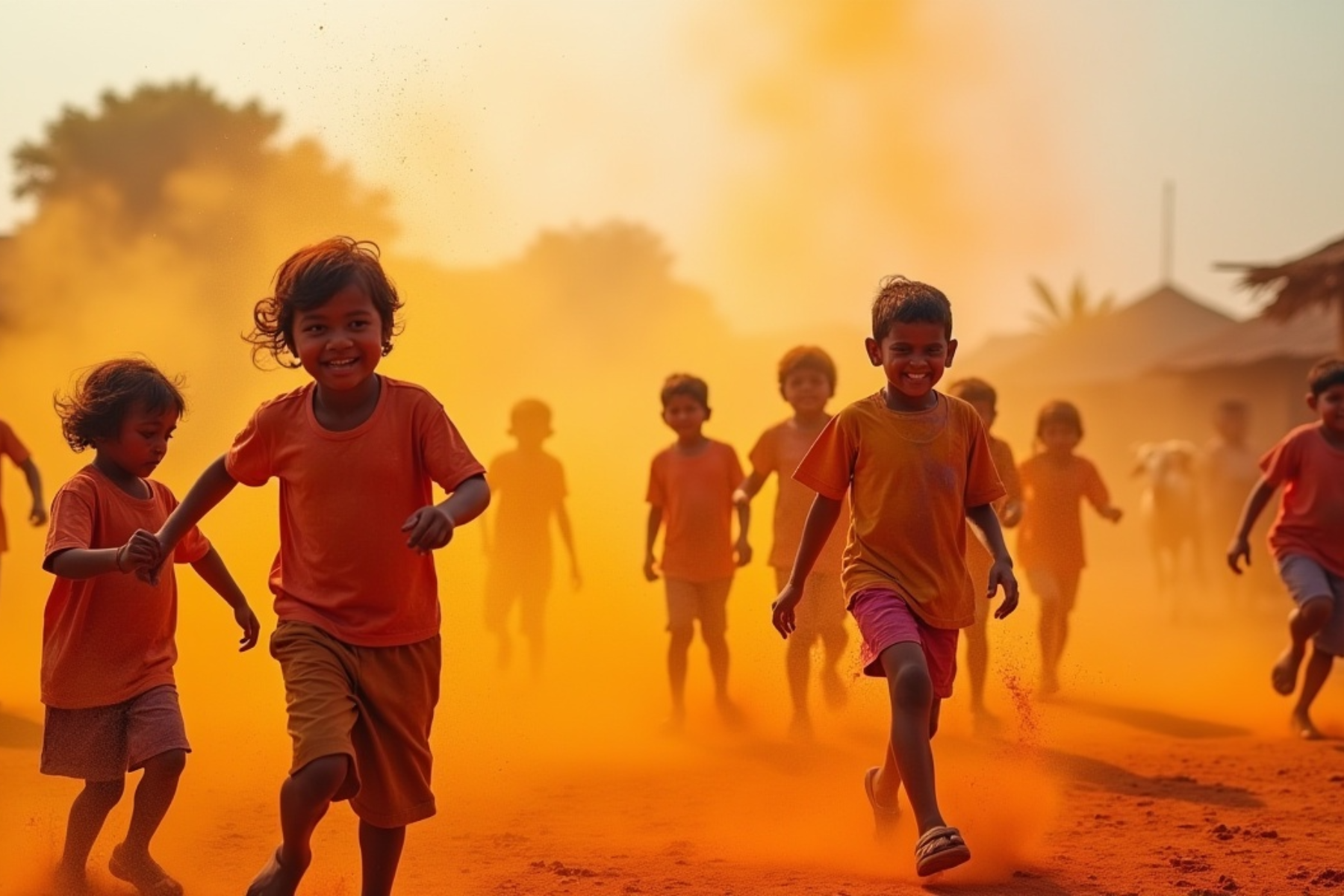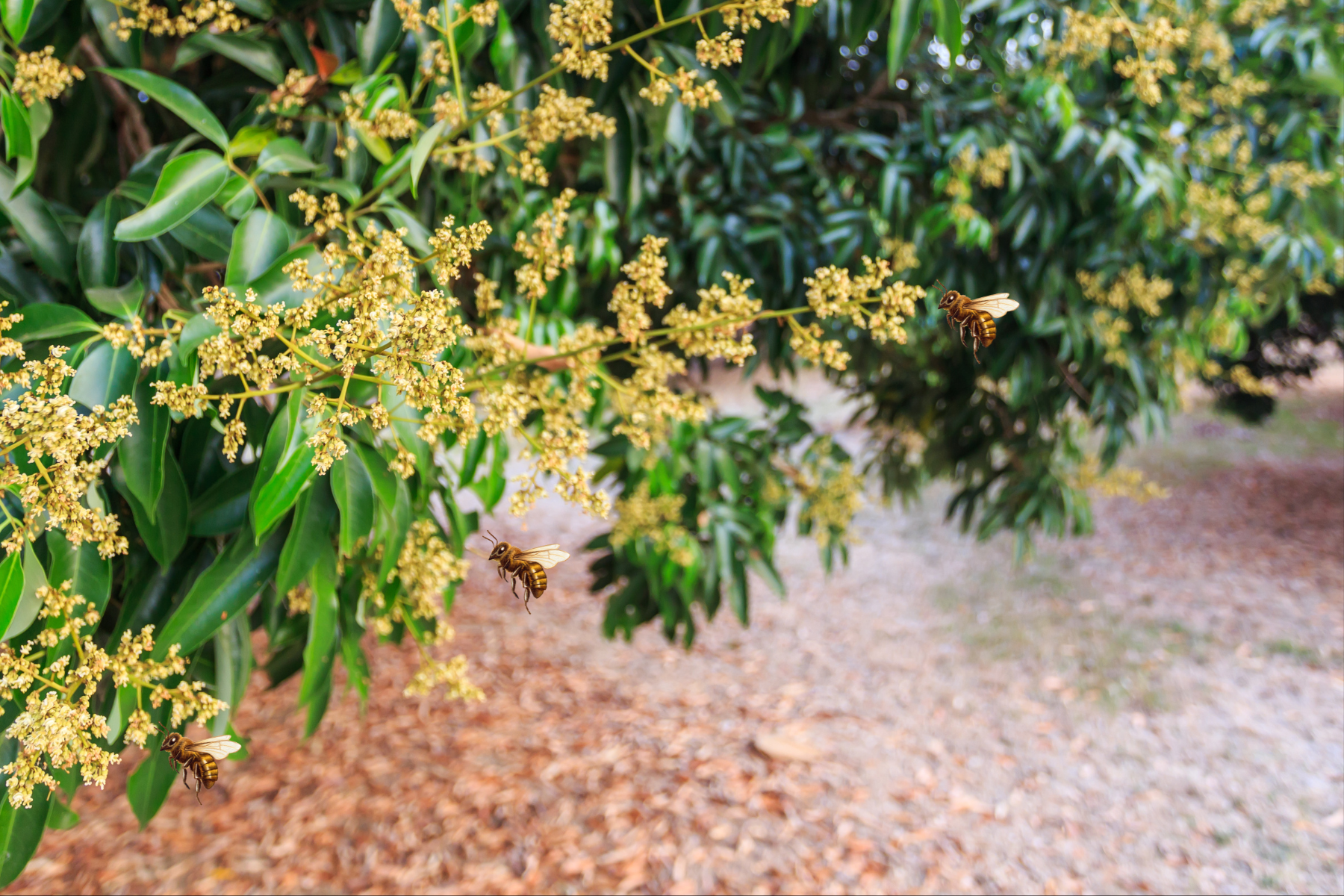PRADAN, a non–profit that works to reduce poverty in rural India, recently released the report on the Status of Adivasi Livelihoods 2021. This report presents two contradictory facets of tribal life.
On one hand, it presents Adivasi as a society with a rich culture, tradition and worldviews that have shaped their relationship with nature, among themselves and with the larger society. Adivasis prioritise community well-being over individual progress, practise cooperation and togetherness, live in harmony with nature and do not prefer the accumulation of wealth.
On the other hand, the 2021 report shows Adivasi are also a group of communities that are poor, illiterate, malnourished and vulnerable.
Does this contradiction reflect the mindset of the study designer group, preoccupied with the thought that Adivasis are a group of impoverished people? Or, does this contradiction exist in reality? If this contradiction exists, then what are the possible reasons?
To delve deeper into the issue, income, food security, dietary diversity, nutrition, and literacy have been used as indicators for livelihood outcomes in the recently released Status of Adivasi Livelihoods 2021. The report shows that the Adivasi community is lagging in many of these development indicators.
This raises the question – does the tribal community have inherent problems which is why it is lagging behind in many development indicators. Or, are the reasons external? In this article, we have explored these questions in greater depth.

Besides farming, the collection of minor forest products also contributes to the income of tribal people.
Small land-holder, wage earner, forest dependent Adivasis
The design group – consisting of staff members from PRADAN (Professional Assistance for Development Action) and VAF (Vikas Anvesh Foundation) – was guided by Adivasi scholars, activists and NGO workers. Even then there is a possibility that the mainstream mindset, which considers tribes as a group of backward and shy people having primitive traits, has dominated the psyche of the study group as a whole. However, the contradiction mentioned above may not be the result of the designer’s mindset only.
The Status of Adivasi Livelihoods 2021 report presents the picture of Adivasis in rural and tribal areas. The income variation that one may expect to see in urban areas, as there are many salaried middle-class Adivasi families in the cities, is absent in rural areas by and large.
Adivasis are not a homogeneous group, even in terms of income. However, there is a similarity in terms of sources of livelihood. Adivasis in rural areas are mostly dependent on smallholder farming and wage-earning for their livelihoods. Besides, the collection of minor forest products and livestock rearing also contribute to their income to a significant extent.
The majority of Adivasis in rural areas in the central Indian plateau are smallholder peasants cum wage earners. The issues faced by them, in general, are – paucity of income, food insecurity, malnutrition, etc. Nevertheless, Adivasis in the rural areas are not the same as other peasants in the country. Their relationship with the forest makes Adivasis different from other peasants in the country in terms of livelihoods.
At the same time, Adivasis have also been displaced and dispossessed for the construction of dams, setting up of mines and mineral factories and promotion of wildlife sanctuaries. This has made Adivasis more vulnerable as compared to the people who do not live in areas rich in coals and minerals and covered by forest.
That’s how income, food security, landholding, access to forest, malnutrition, etc become more relevant questions to understanding the livelihood outcomes of Adivasi in rural areas of central India.
Also Read: Sardar Sarovar Project, the Statue of Unity and the dispossessed Adivasis

Adivasis possess a worldview which is different from the non-Adivasis.
Reasons for deprivation
Though the Status of Adivasi Livelihoods 2021 report doesn’t delve into the detailed reason for the deprivation of tribal communities, it hints at some probable causes. The Adivasis live in the most resource-rich areas and still do not have access to and control over those resources. Their access to forests has been decreasing since the colonial period. The land on which they have built their houses has been the source of attraction for industrialists and the state.
Adivasis have been displaced and dispossessed for decades. The Adivasi areas have been neglected since independence in terms of the reach of government programmes and facilities. Adivasis are not that important in electoral politics as the Scheduled Tribe population in India is merely eight per cent – too low for the electoral politics to count them. All the reasons are external to Adivasis.
Adivasis possess a worldview which is different from the non-Adivasis. Adivasis do not consider themselves superior to other creatures of nature and do not believe in the accumulation of wealth and exploitation of nature for human purposes.
This worldview shapes their relationship with nature and society and influences their practices including livelihoods. Thus, livelihood status also includes to what extent Adivasis could retain and practise this worldview.
The Adivasis in the cities may also possess the same worldview even though they may not be able to practise it in their life. So, there are similarities between Adivasis living in cities and villages, but there are dissimilarities also as their livelihood routes are different.

The issues faced by tribal people, in general, are – paucity of income, food insecurity, malnutrition, etc.
Defining a ‘good’ life
PRADAN is jointly carrying out an action research project called Adaptive Skilling through Action Research (ASAR) with Azim Premji University. In this action research, several exercises took place to help different sections of the villagers to articulate their version of a good life.
The most common areas they talked about were rejuvenation of forests and water bodies, making croplands fertile with year-round cropping, having nutritious food, accessing quality education and health facilities, being with each other, helping each other, etc. Income has also been mentioned by some sections, especially the younger generation as one of the basic needs.
On one hand, these indicate that the core values, such as togetherness, helping each other or being with the forest, are still guiding the Adivasi lifeworld, and, on the other hand, Adivasis from the rural areas face a lack of access to basic needs such as food, nutrition, education and income.
The Status of Adivasi Livelihoods 2021 may have reflected this reality with quotes, numbers and figures.
Adivasis need to decide their development pathways
The 2021 report points out that imposition of the ‘development’ schemes is not the solution to making Adivasis more food secure, cash earner, literate or healthy. On the contrary, Adivasis must be allowed to define their desired life and decide the pathways to reach that desired life.
In such cases there will be more probability that the programmes and schemes will be more in alignment with their values of togetherness, living in harmony with nature and non-exploitative livelihood practices. That is the only way to ensure that they can address their issues without compromising the Adivasi way of living.
Only glorification of the Adivasi way of living without acknowledging the vulnerability that they are facing may lead to further marginalisation of the Adivasis.
Ghosh and Chaudhuri work with PRADAN, and were part of the core group that worked for the Status of Adivasi Livelihoods 2021report. Views are personal.




















